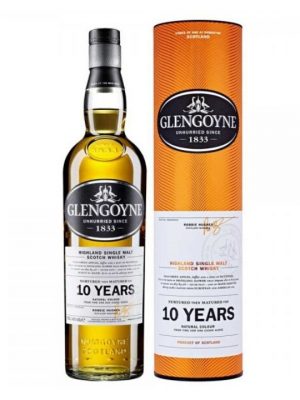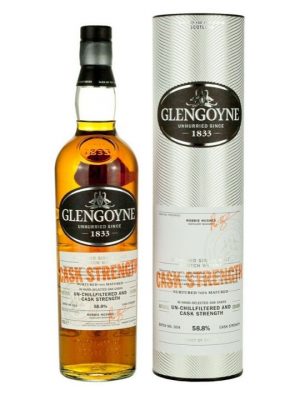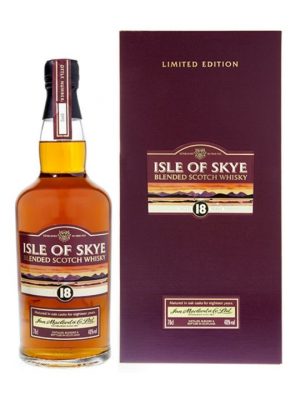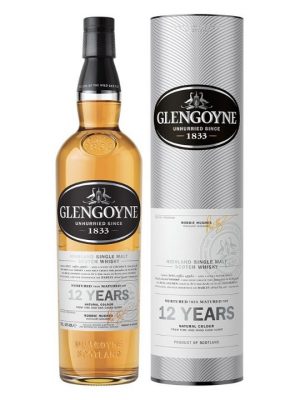- Scotch Single Malt, Single Malt, Spirits, Whisky
Glengoyne 10 Year Old Single Malt Scotch Whisky 70cl
- €50.99 inc. VAT
- Loads of green apples on the nose, with a hint of nuttiness, malt and toffee. Candied apple sweetness with some black pepper and toffee on the palate. On the finish the apple notes finally give it a rest, letting the oak give a clean and appealing finish to an erratic dram. Let it sit in the glass ... details
- Add to basket
- Out of Stock
- Scotch Single Malt, Single Malt, Spirits, Whisky
Glengoyne 12 Year Old 43% Single Malt Scotch Whisky
- €56.99 inc. VAT
- Lemon zest, toffee apples – and a scent of coconut. Considered by many to be a good improvement over the 10 year old Glengoyne. A dram of real quality and sophistication. Young Glengoyne is often wonderfully malty, whilst older versions are sherry dominated. The Glengoyne 12 year old single malt is ... details
- Read more




